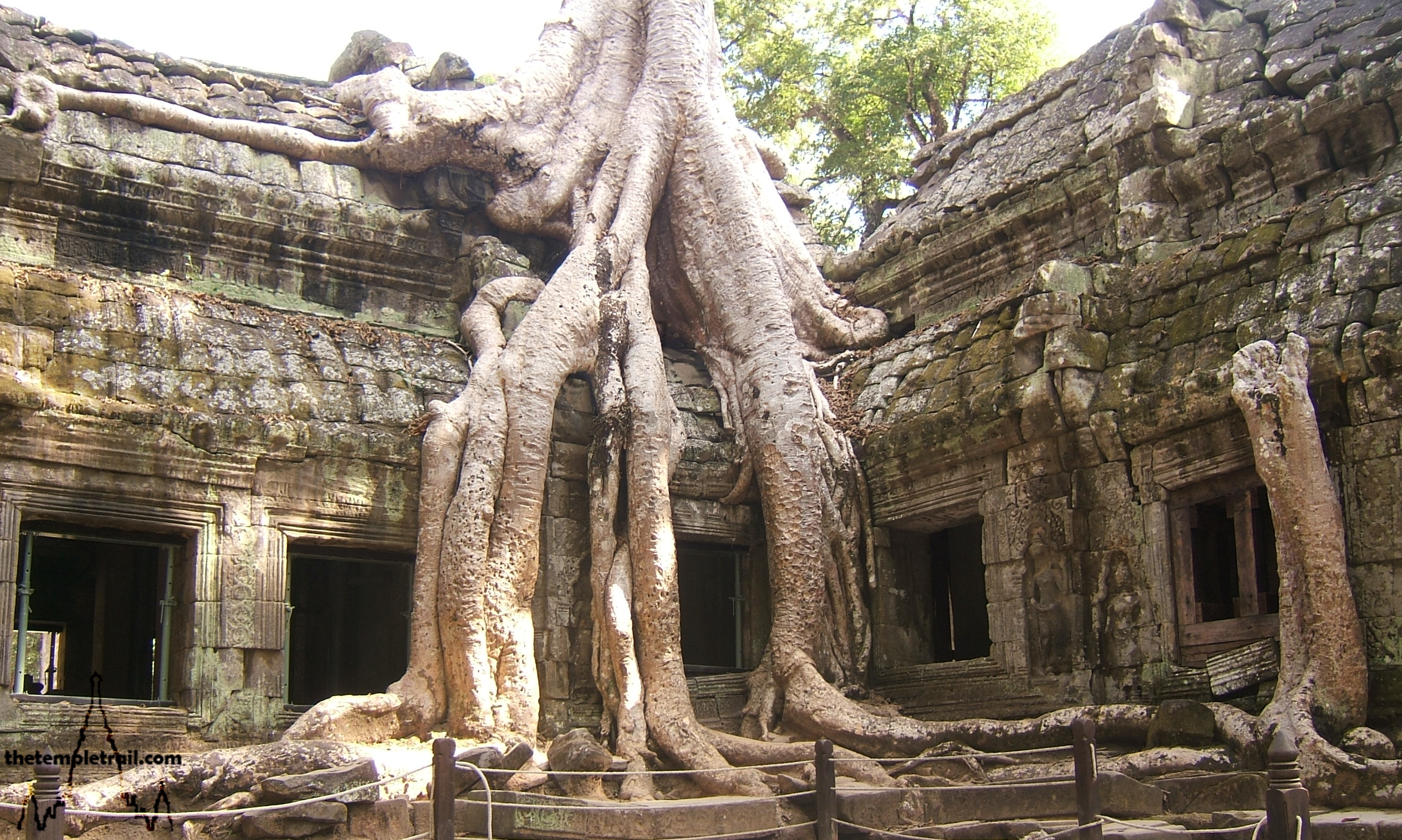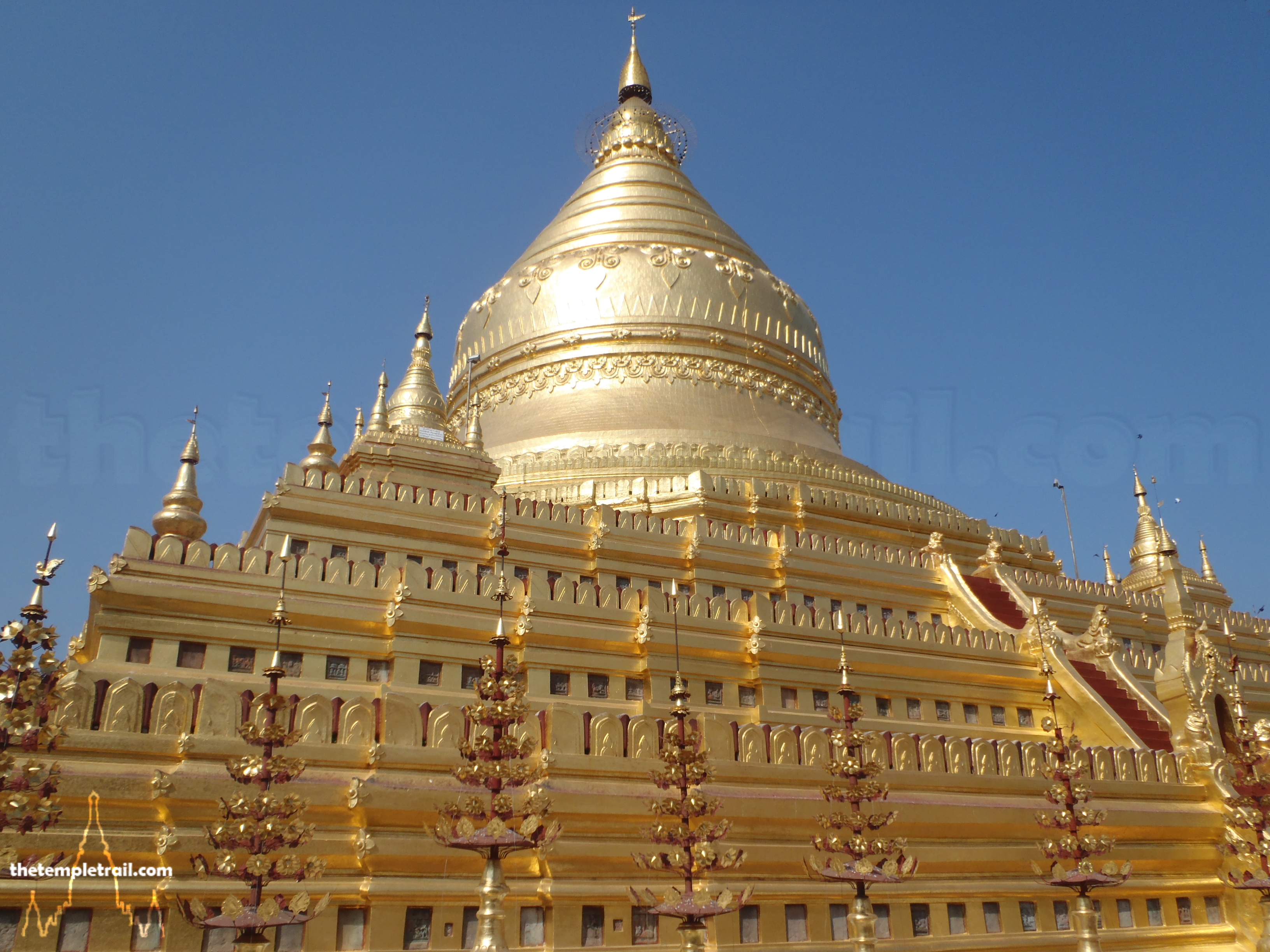The jungle road shakes your body and jangles your nerves while you putter along in your hired tuk-tuk. Foliage flies past your eyes as you zip by ancient trees that swallowed a once powerful city. The amok you ate for lunch churns around in your belly every time you hit a divot in the well worn forest track. The banana leaf wrapped fish curry was, with hindsight, not the best option for your midday repast. The trees seem to close in even more when you zoom past the eastern gate of Angkor Wat and delve into the denser jungle beyond. Ancient Khmer faces peer through the tangle of trees as you make your way toward a one-time powerful religious and educational hub. Arriving at the western gopura (gate-tower) of the complex, you alight from your flimsy transport and pass under a serene Angkorian visage. The clearing remains more heavily forested than most of the temple compounds in Angkor. Ahead of you lies a temple with many names. The modern inhabitants of Siem Reap call it ‘Tomb Raider’, the ancients called it Rajavihara (Royal Monastery), but most of the world knows it as Ta Prohm (Old Brahma); one of the most beautiful and mysterious sites you will ever encounter.
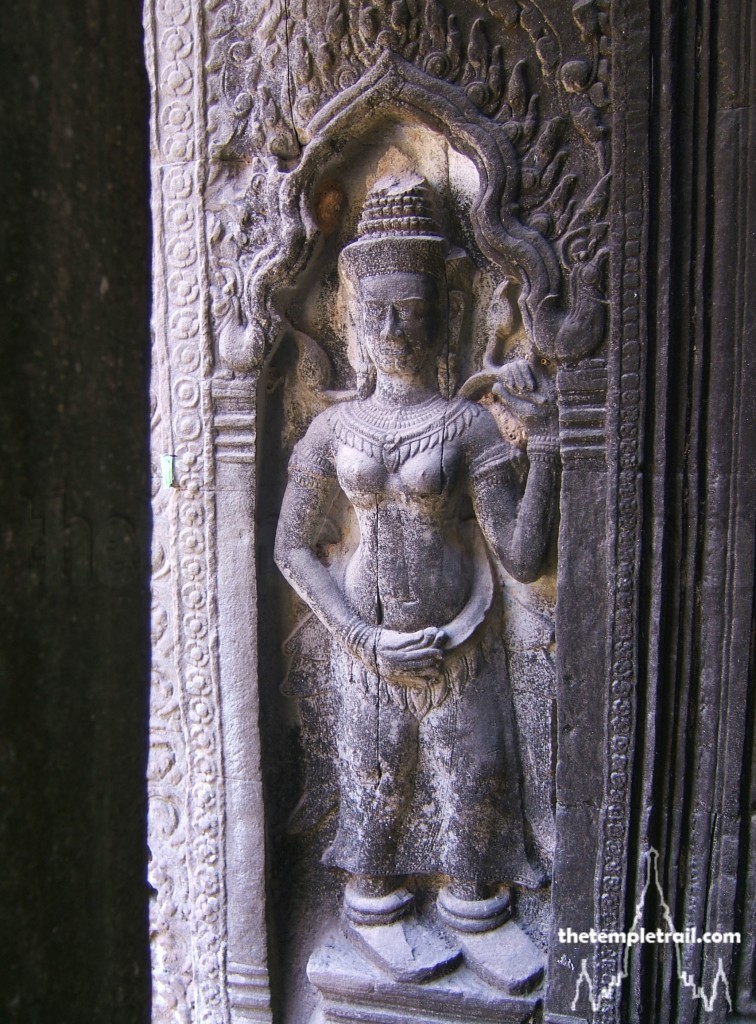
Built in the late 12th century by Jayavarman VII, Ta Prohm was a Mahayana monastery that also served as a university. It is part of a pair and its bigger sister temple, Preah Khan, is not too far away, on the northeastern corner of Angkor Thom. Preah Khan was dedicated to Lokeśvara (Avalokiteśvara), whereas Ta Prohm belongs to Prajñāpāramitā, the Mother of all Buddhas and a personification of perfect wisdom. Jayavarman VII built the temple in honour of his mother and the statue of Prajñāpāramitā is modelled after her. Similarly, the statue of Lokeśvara in Preah Khan is in the image of his father. By doing so, he was elevating himself to the level of a living Buddha, thereby justifying his rule.
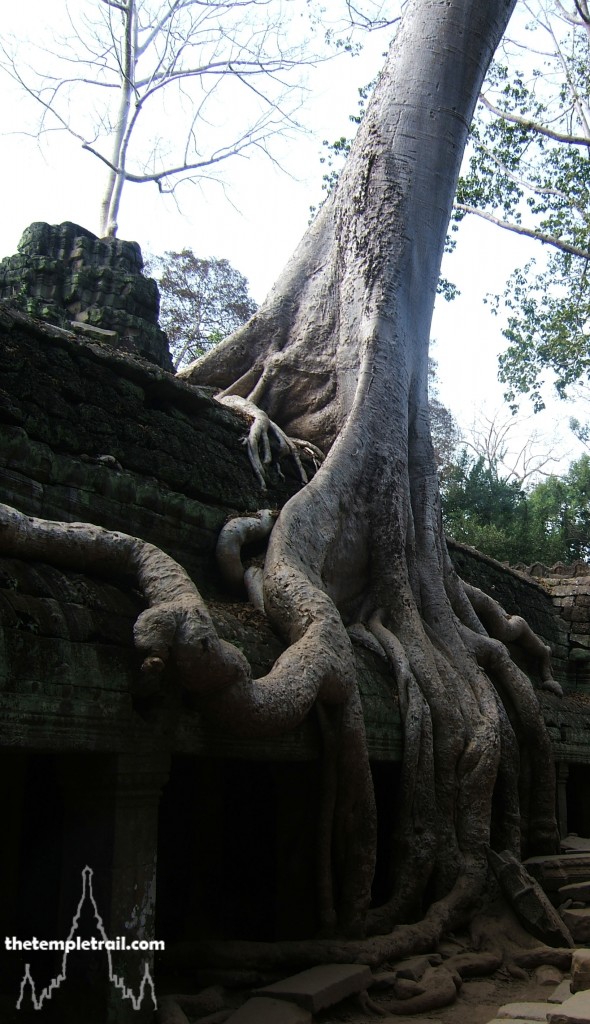
Ta Prohm was, at its height, one of the wealthiest temples in Angkor and had 12,640 people in residence. If we are to believe the inscription, it had 18 high priests, 2,740 officiants, 2,232 assistants and 615 apsaras (temple dancers). It was continually expanded by successive kings until the end of the 13th century. The temple was serviced by 79,360 people from 3,140 villages. In the mid-15th century, the Angkorian Empire went into decline and the entire area fell into ruin and abandonment. It was ‘rediscovered’ by the French in 1920 and the decision was made to leave the site in a state of semi-overgrown disrepair. The idea was to allow visitors to the site to experience some of what the pioneers of the École Française d’Extrême-Orient had when they were exploring the temples of the region.
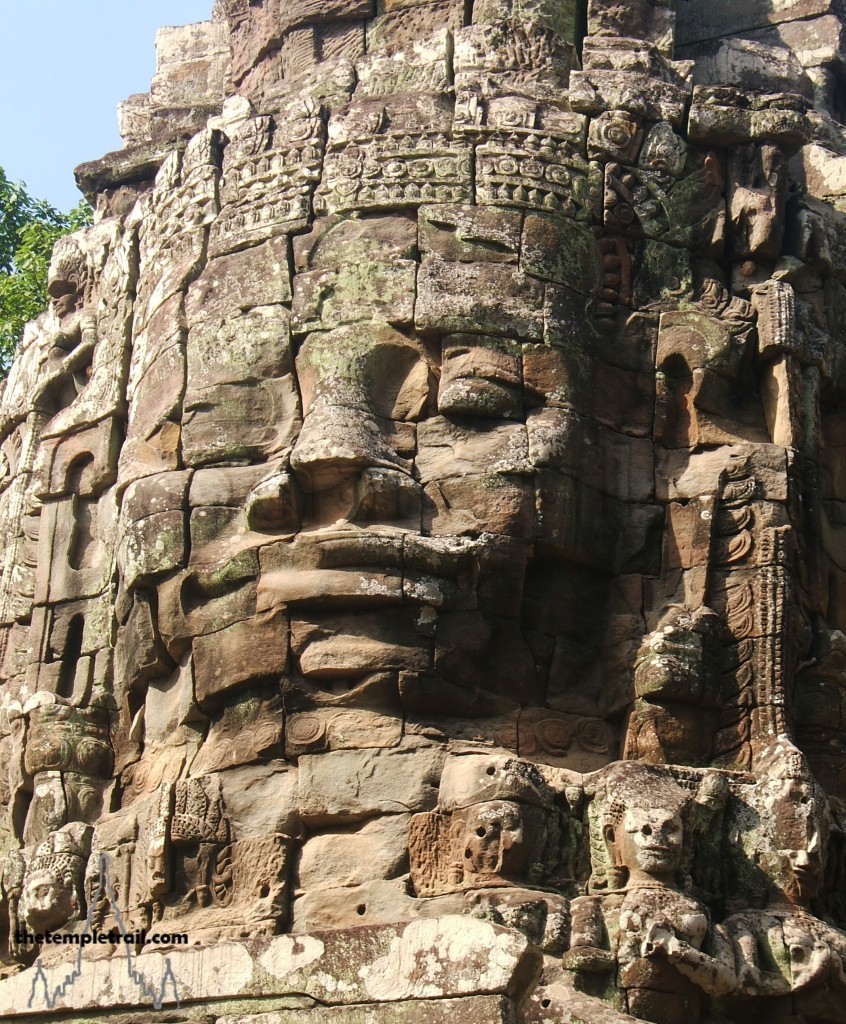
Ta Prohm is a temple visited in reverse. The correct way to enter a Khmer temple is from east to west, but due to road access, the opposite is the case here. After passing through the western gopura and its smiling faces of Lokeśvara , you make your way towards the mossy galleries that mark the boundary of the temple’s sanctuary. Once inside the gallery, you look down its length and see the fallen blocks of its corbelled roof. This is the precursor to the state of the rest of the site.
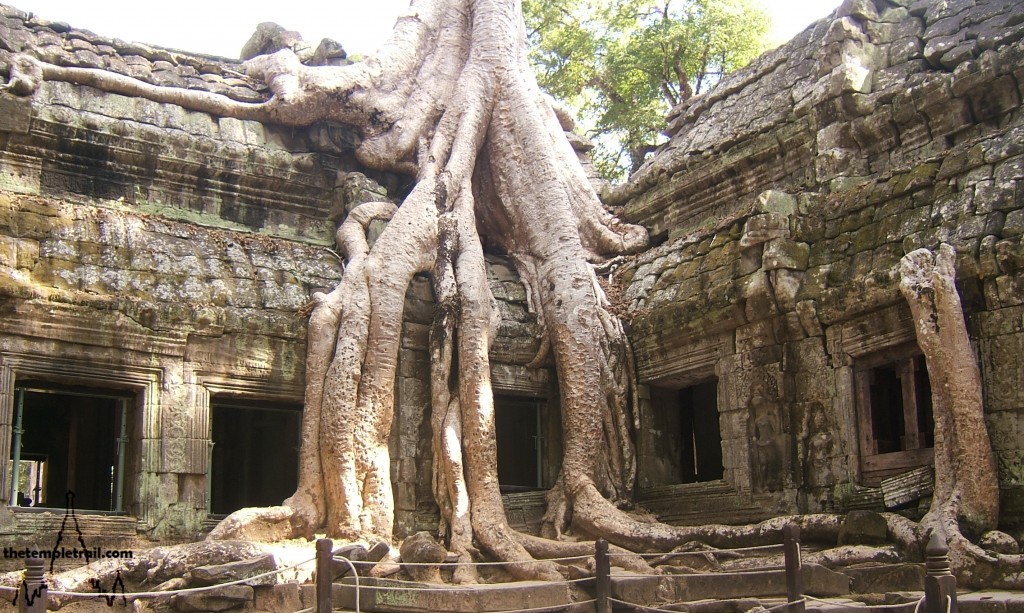
Walking further into the ruins, the intricately carved walls are partially intact, but many of them lie on the floor in piles. A lot of the walls are propped up by nature’s buttress of silk cotton trees and the gnarled roots of banyans. Passing into the central area, you come to the most famous combination of man-made and natural. The tree is known as the Tomb Raider tree. Its serpentine roots snake over the roof of the gallery and down to the ground. If it was removed, the building would fall. The galleries are being slowly put back together by a myriad of sleepy Khmer builders, who appear to have a much different work ethic from their Angkorian ancestors. Slowly, but surely, the temple will look more like it did originally and the beautifully carved buildings will be cleaned up. The sad thing would be if they removed too many of the trees. Some have already been cut down to allow better tourist access.
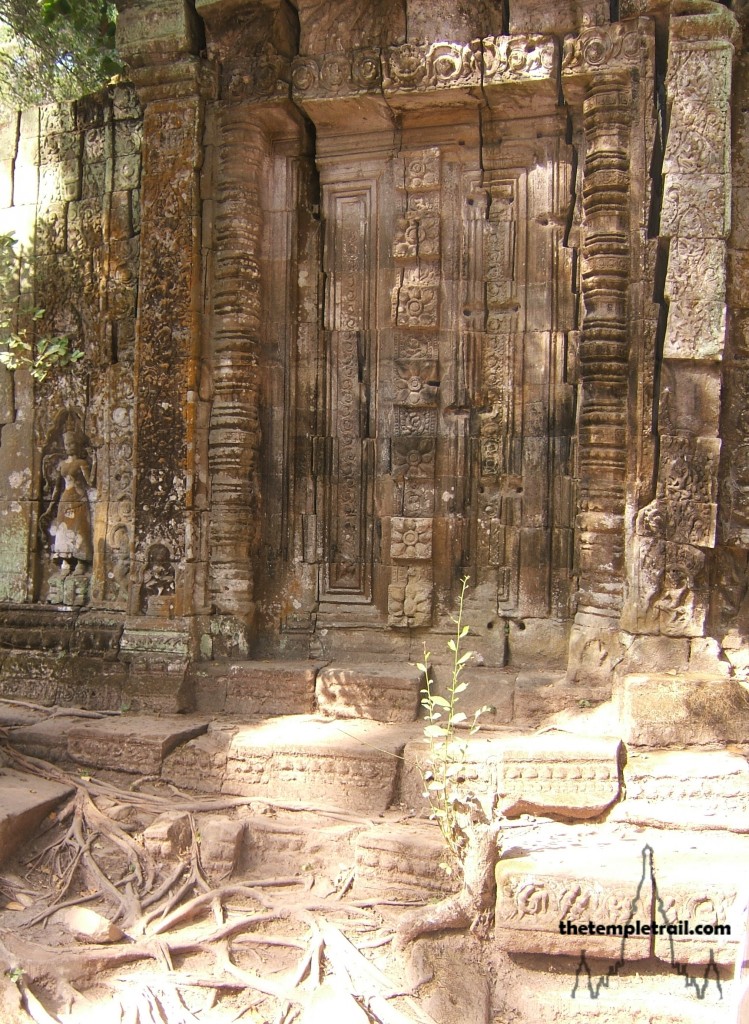
Walking past spirit doors (false doors), dvarapalas (temple guardians), apsaras (temple dancers) and devatas (goddesses), you enter into the central sanctuary. It is easy to become disorientated in the labyrinthine, overgrown complex. It feels like a higgledy-piggledy mix of towers, libraries and galleries. The eminent scholar Maurice Glaize, who recorded much of what was discovered at Angkor, called the central sanctuary a shapeless mass. Despite being cleared, it remains a scattered jigsaw puzzle in essence. The quincunx of towers is easier to see now than when Glaize was writing in 1944, but the atmosphere of the place remains true. Among the towers, trees still frame doorways and hold the buildings together as much as they are tearing them asunder.
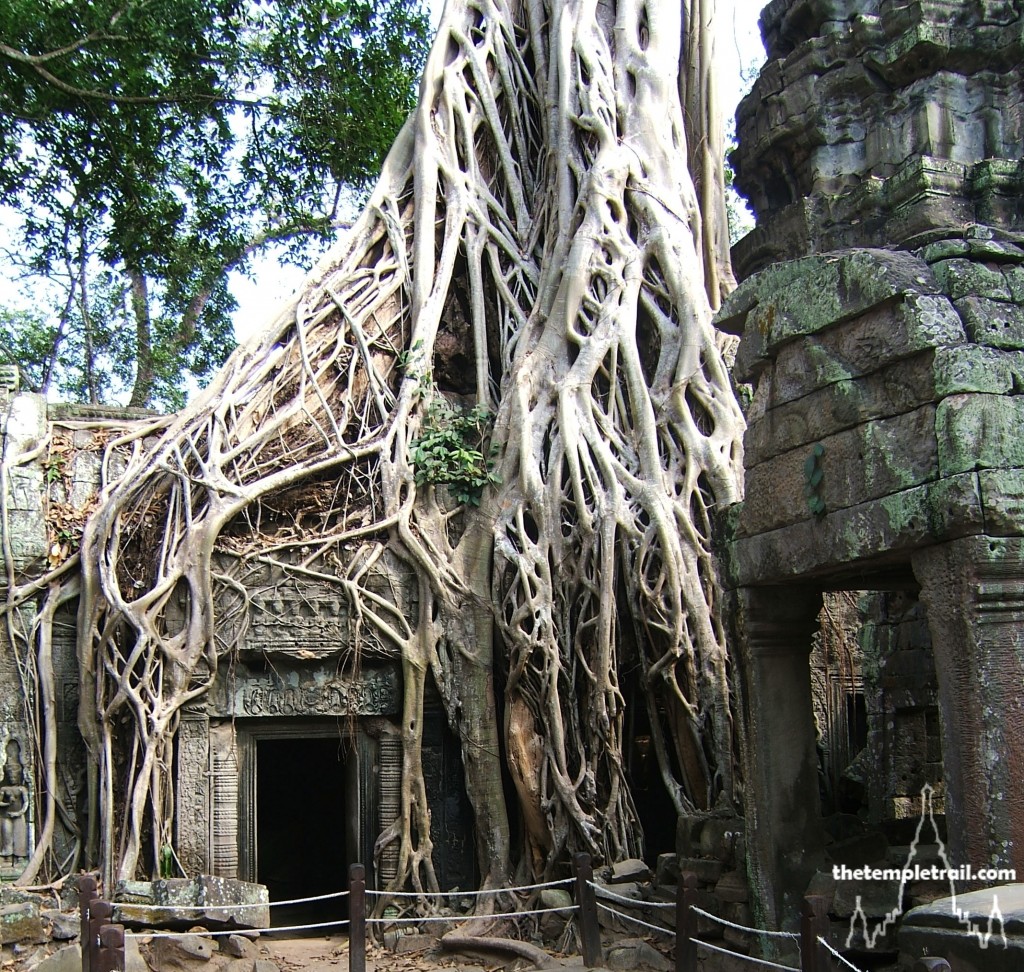
Exiting and continuing on your eastward trajectory, you come to the heavily reconstructed nāga bridge with nāga guardians acting as the railing of its four-directional bannister. Here, there has been some serious reconstruction; the entire eastern gallery and gopura have been rebuilt. This was the original front entrance and a group of landmine-maimed musicians gather here to play. Perhaps during its glory years musicians would have graced the very same spot so as to glean a few coins from the faithful Buddhist visitors. Today, they scratch a living from the throngs of tourists who come to marvel at the temple that nature took back.
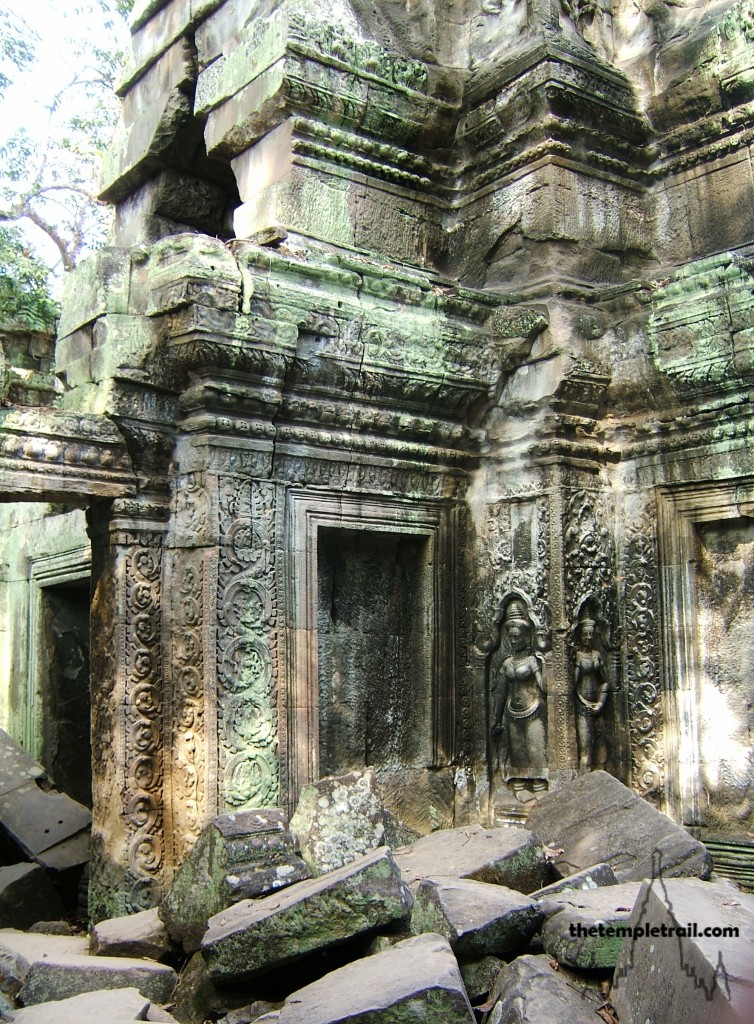
Picking your way back through the site, you can’t help but be awed. You are living out your Indiana Jones fantasy in one of the only places on earth it is possible to do so. Normally, when you leave an Angkorian temple, you are thrown back into the jungle. At Ta Prohm, the jungle and temple are almost seamless. The most open area is the car park and your driver lies catching a few minutes sleep in the shade of his tuk-tuk. Leaving the fantasy land behind you, your tuk-tuk cuts back into the forest. The experience of Ta Prohm leaves you constantly looking through the dense jungle searching for what may lie hidden under one of the massive silk cotton trees. The mysteries of the jungle have more to offer and deep in your heart, you hope to feel that thrill of cutting through the jungle, machete in hand and coming face-to-face with ancient buildings that have been eaten by mother nature.
